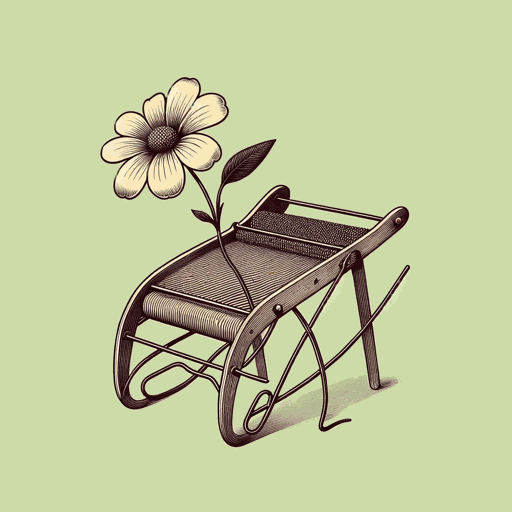46 pages • 1 hour read
Tera W. HunterTo ‘Joy My Freedom: Southern Black Women’s Lives and Labors after the Civil War
Nonfiction | Book | Adult | Published in 1997A modern alternative to SparkNotes and CliffsNotes, SuperSummary offers high-quality Study Guides with detailed chapter summaries and analysis of major themes, characters, and more.
Preface-Chapter 3Chapter Summaries & Analyses
Preface Summary
Hunter explains that studying the lives of working-class African-American women’s strikes is challenging because there are few firsthand sources available from African-American women during the years following the Civil War. The sources generally used to study ordinary people frequently lack information specific to African-American women. Hunter’s sources include:
a large variety of primary documents, including diaries, household account books, newspapers, census data, municipal records, city directories, personal correspondence, oral interviews, government reports, business records, photographs, political cartoons, and organizational records (viii).
This specific study focuses on the period covering the end of the Civil War to the Great Migration in Atlanta, Georgia, the heart of the New South. As laborers in the city, African-American women were central to public discourse about race, gender, and labor in the South (viii). African-American women’s struggles were particularly difficult in Atlanta because “[a]lthough Atlanta was a self-consciously forward-looking city, it was a retrogressive in its race, gender, and labor relations” (ix).
Prologue Summary
The title of Hunter’s work is taken from the words of Julie Tillory, a formerly enslaved woman who walked to Atlanta with her children in 1866. When asked by a missionary woman from the Freedmen’s Bureau why she left the security of her former owner’s plantation, her response was that she left to “‘joy [her] freedom’” (2).

